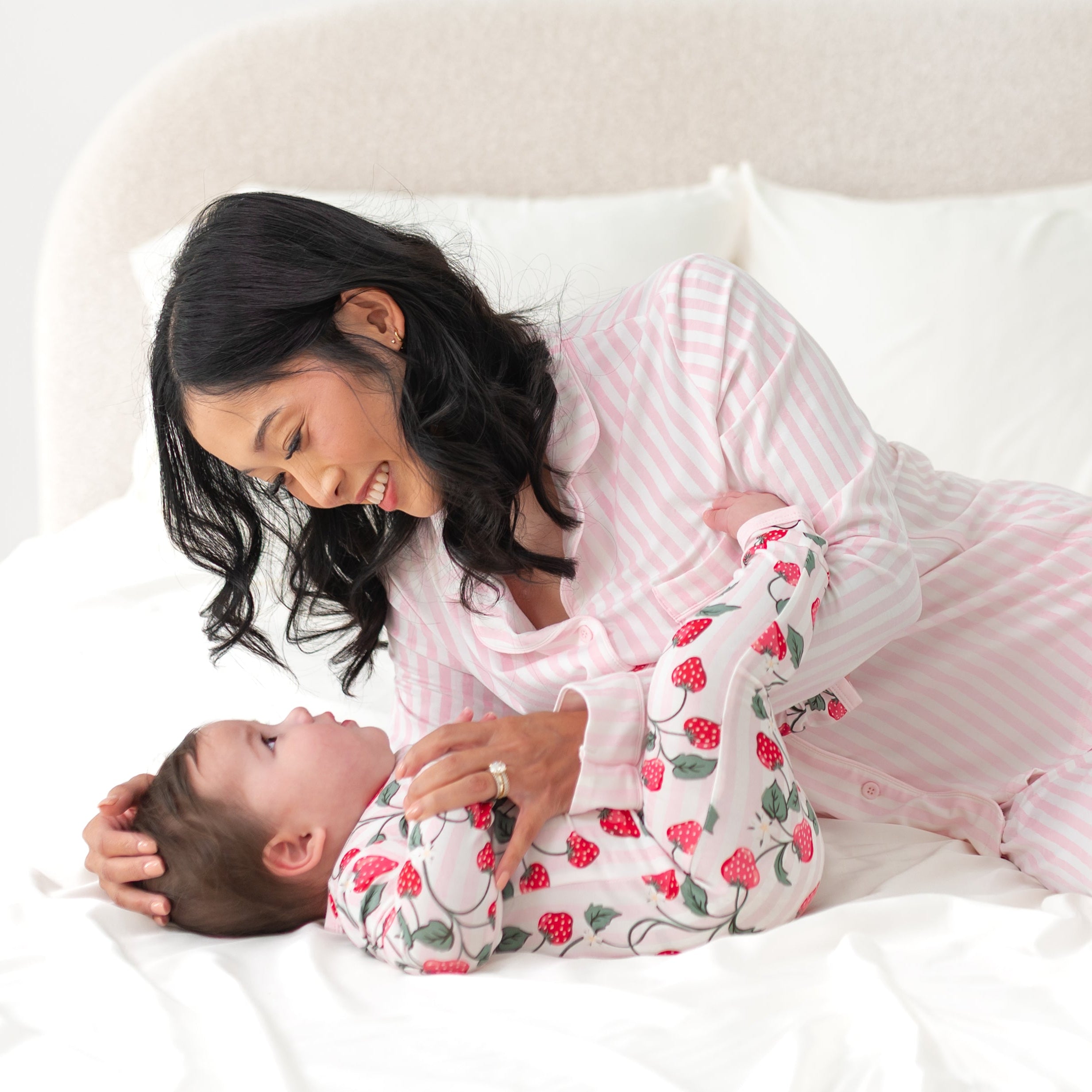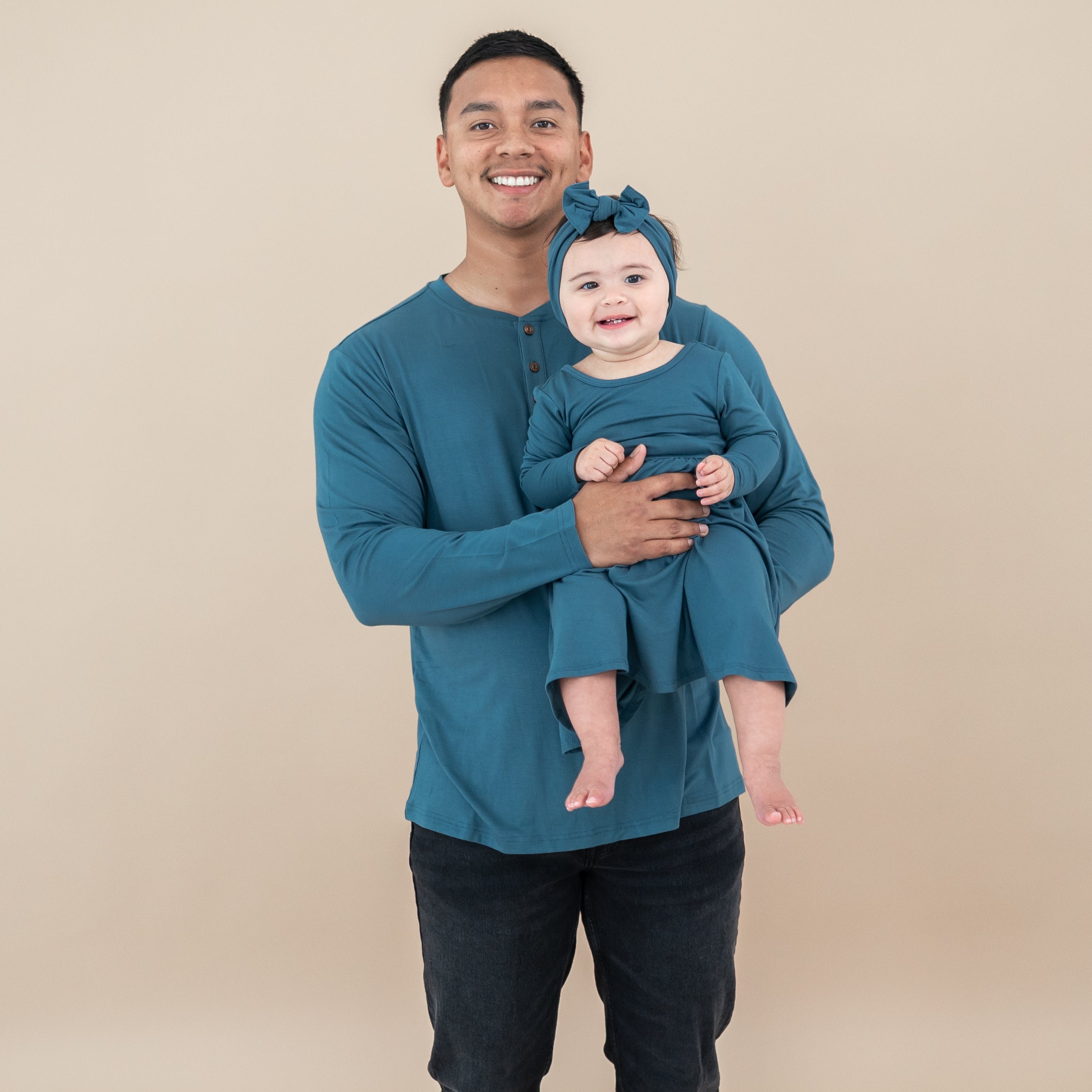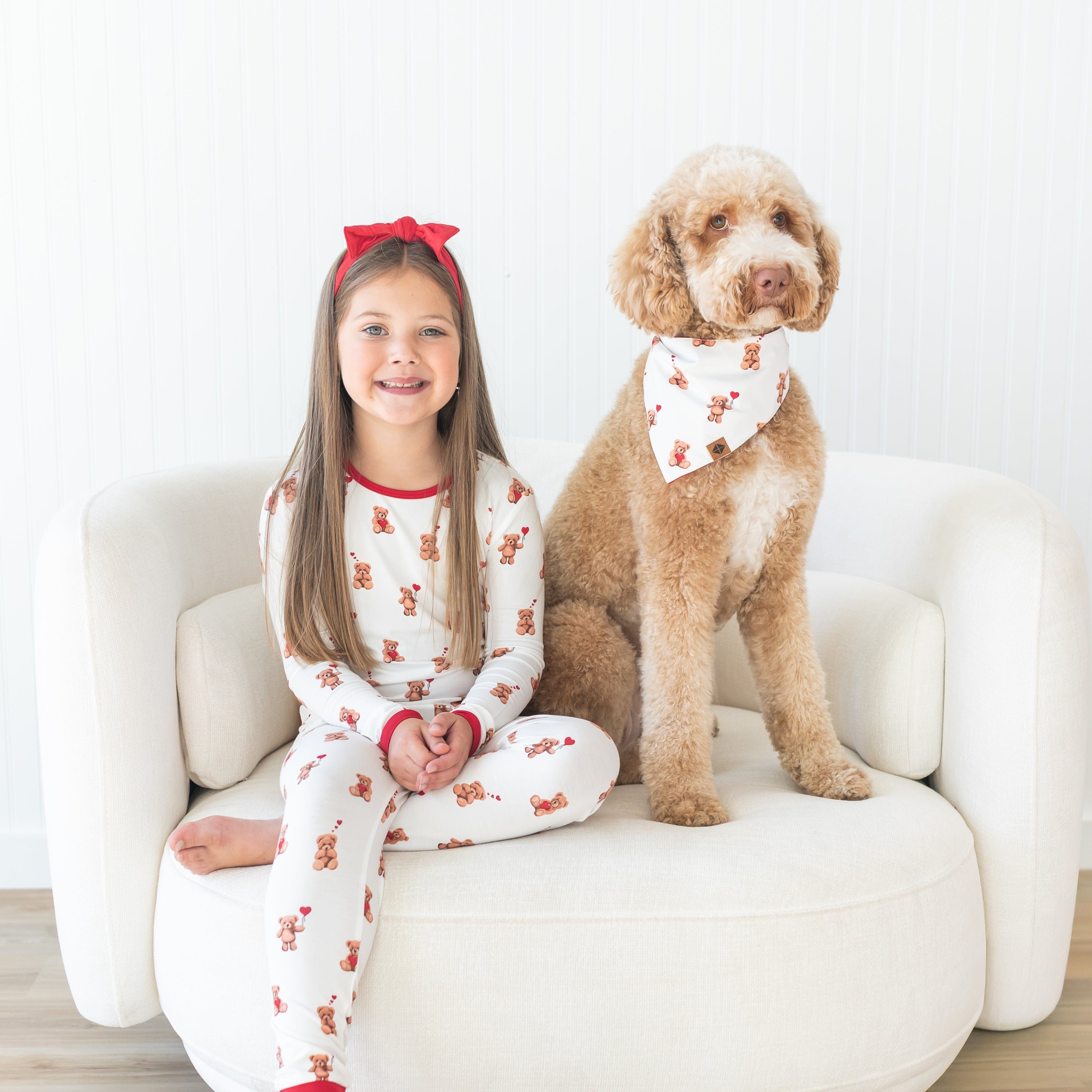Blog

Our January 2026 NICU: MUSC Shawn Jenkins Children's Hospital
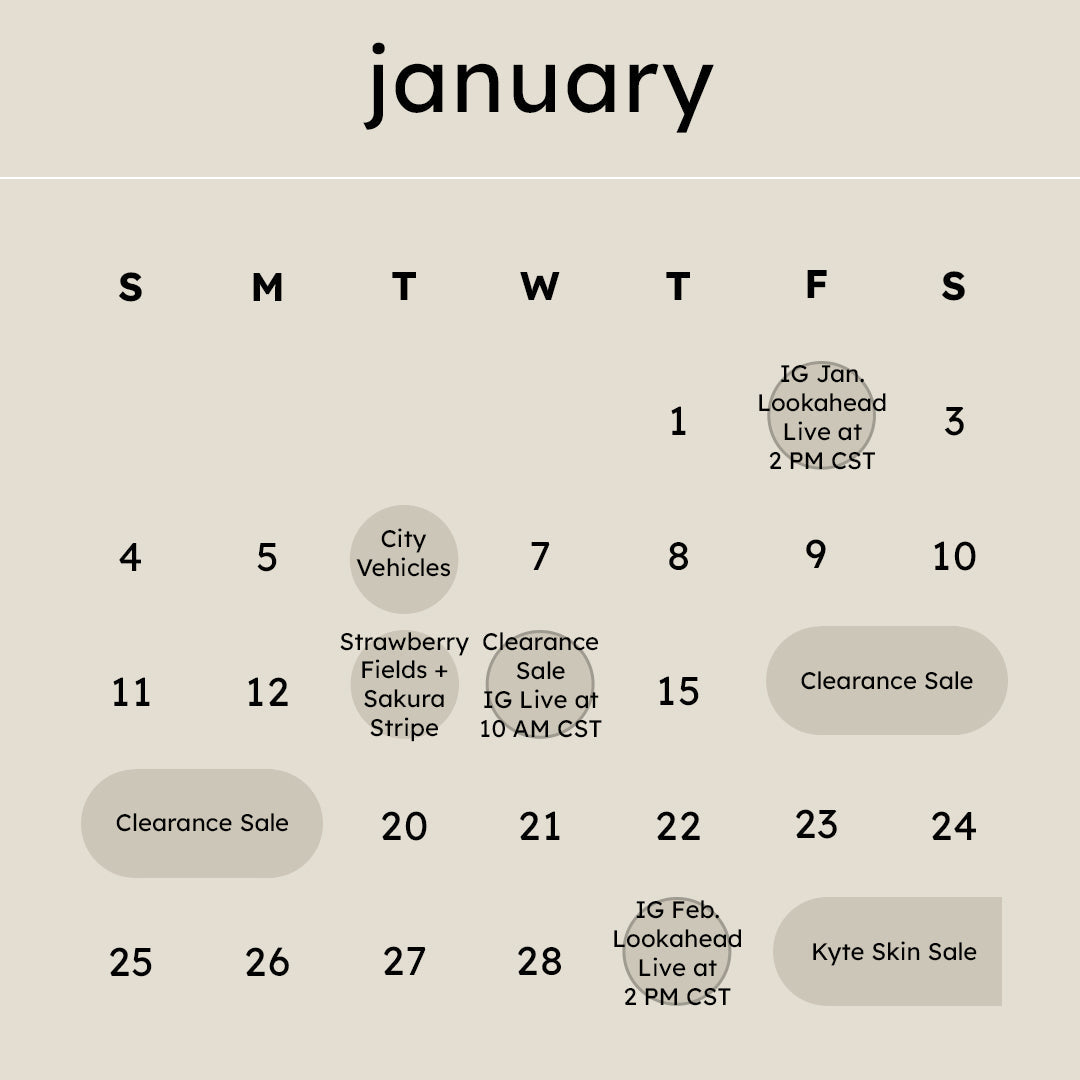
January 2026 Launch Calendar Overview
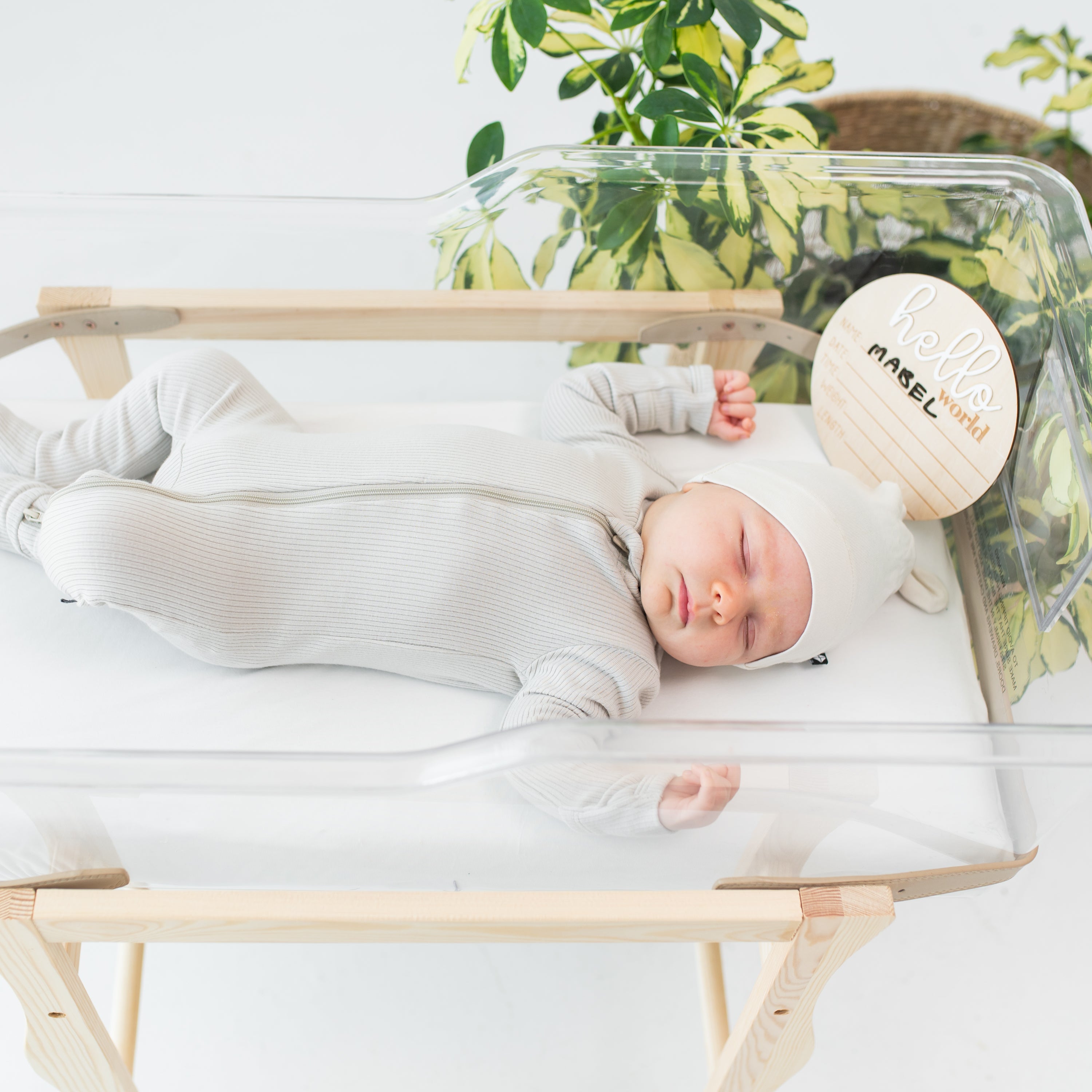
How to Choose the Best Infant Pajamas for Your Baby
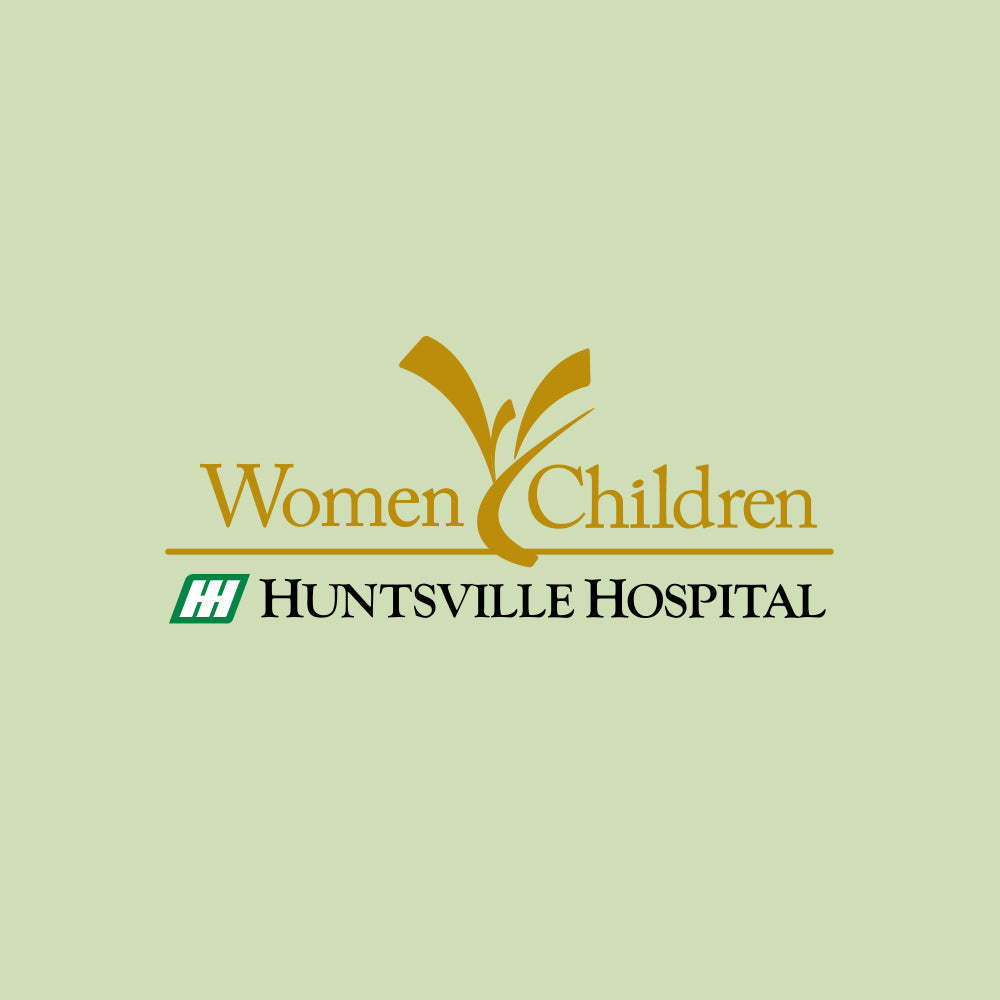
Our December 2025 NICU: Huntsville Hospital for Women & Children
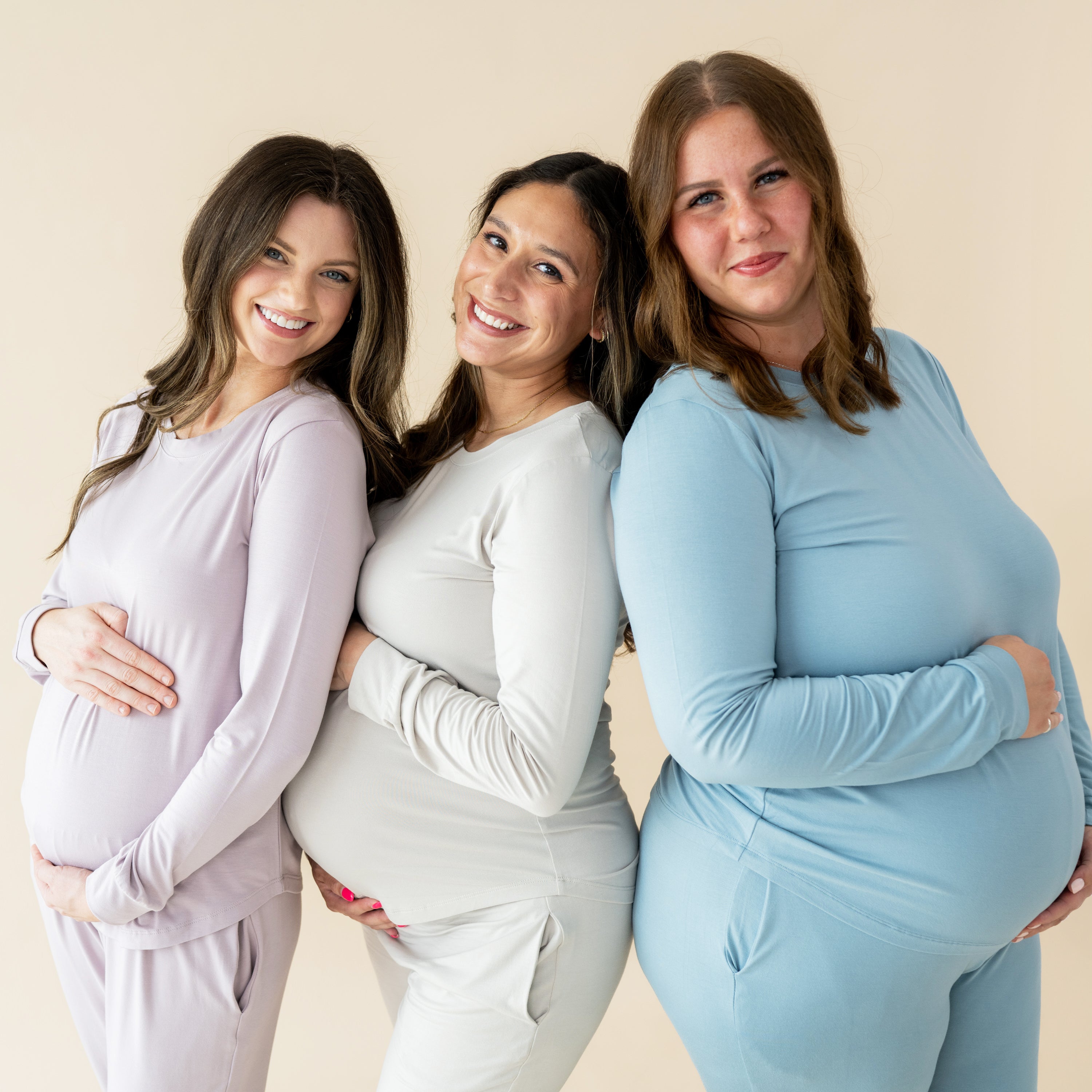
Stylish Maternity Wear for Every Stage of Pregnancy
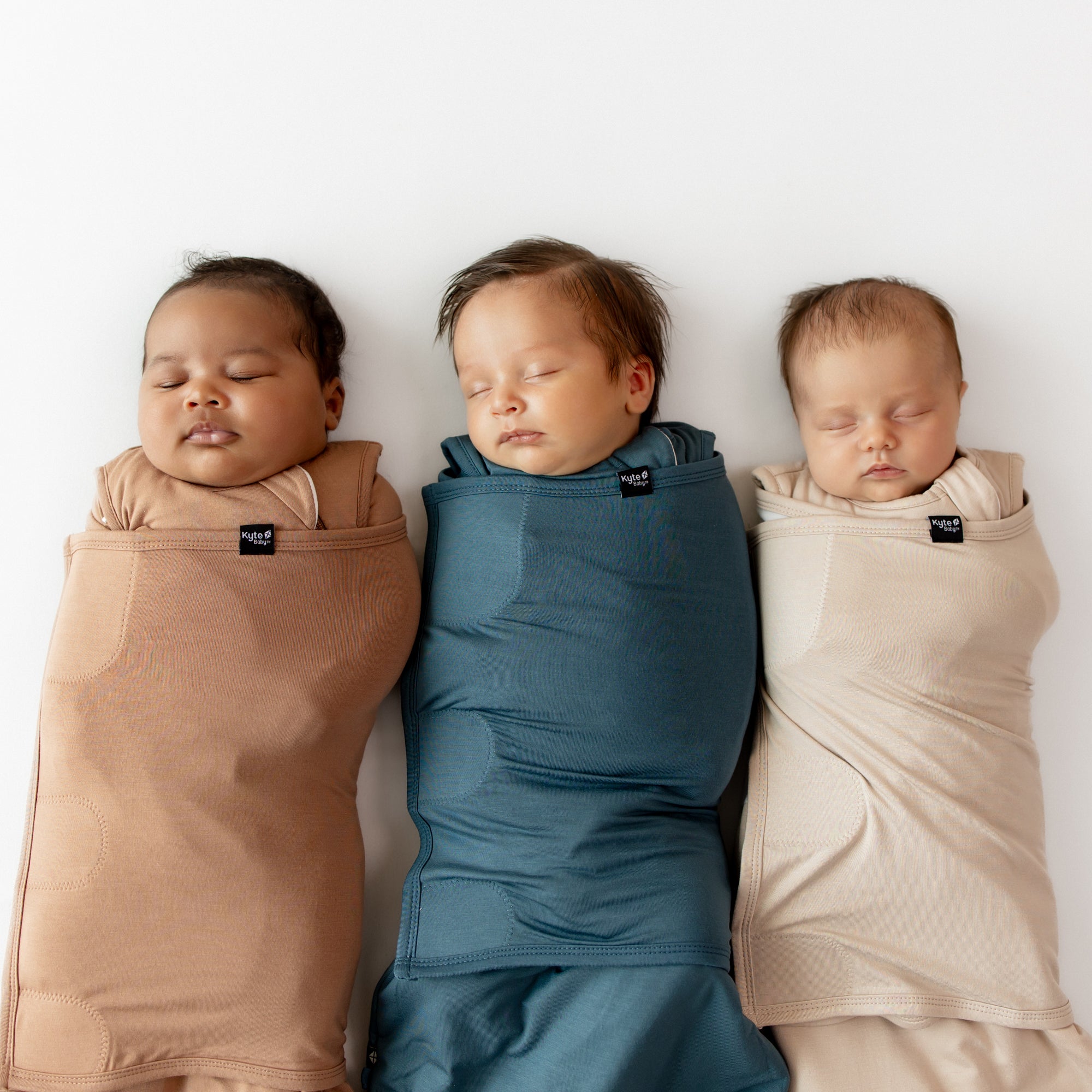
Why Parents Are Falling in Love with Bamboo Baby Clothing
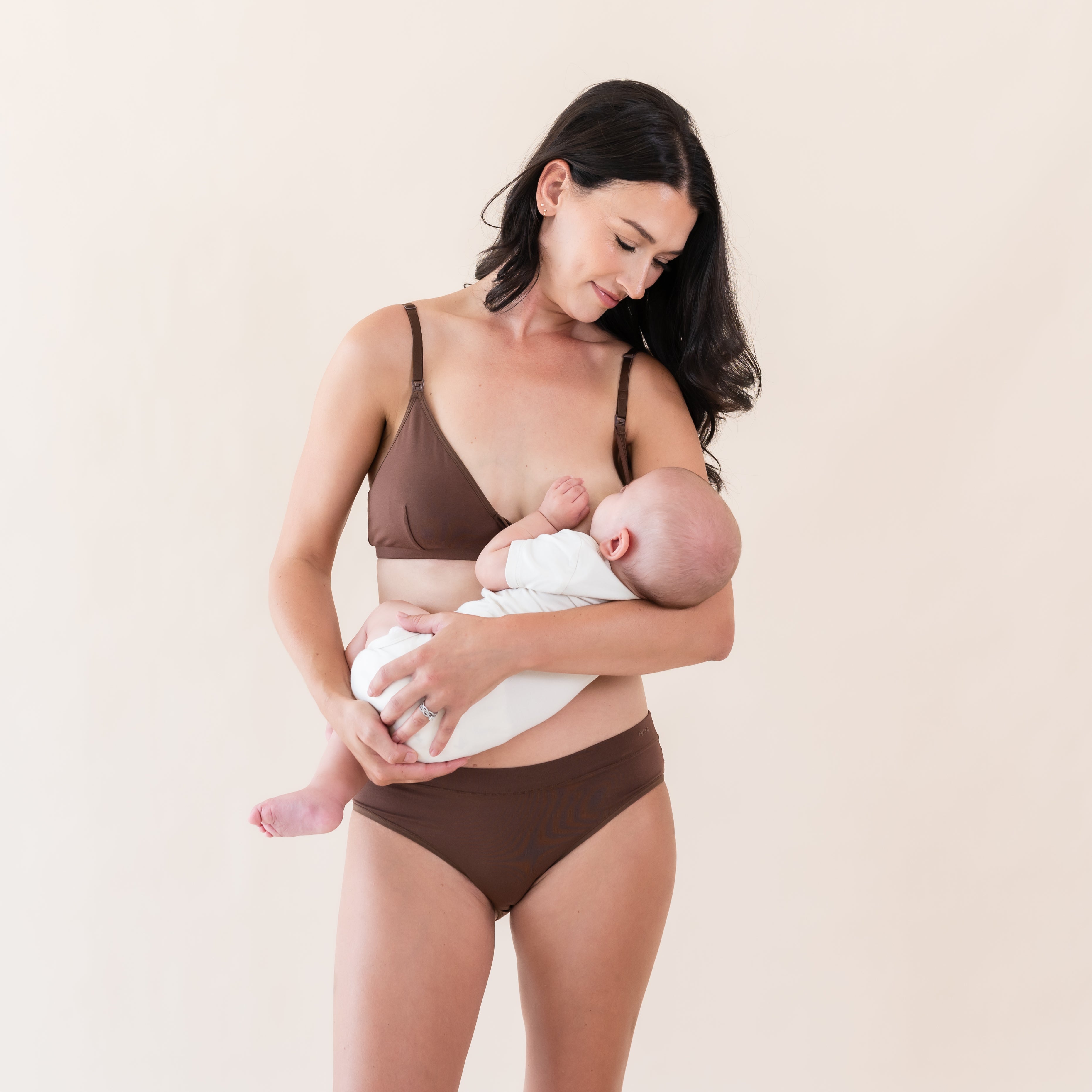
Finding the Perfect Nursing Bra for Comfort and Confidence in Your Breastfeeding Era
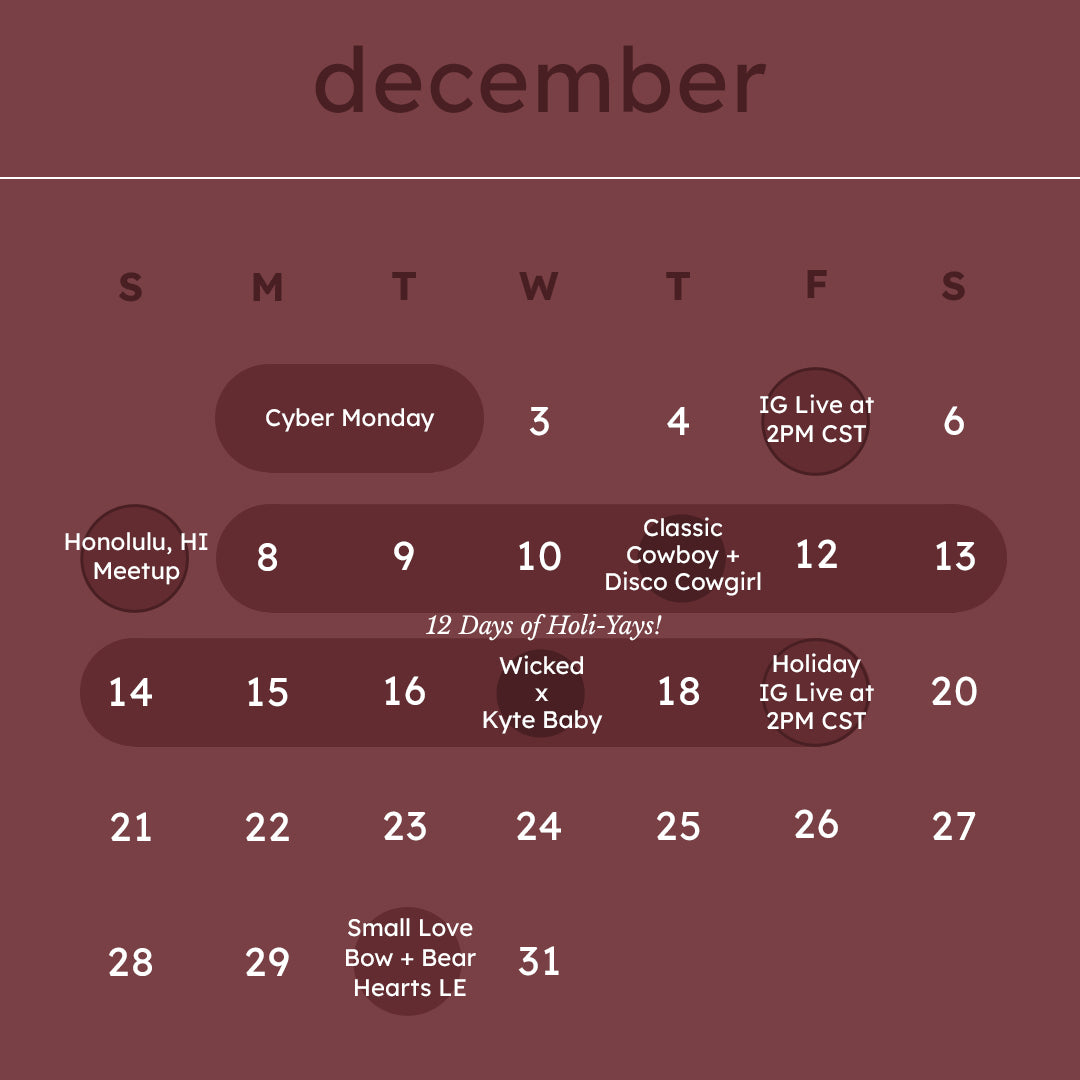
December 2025 Launch Calendar Overview













